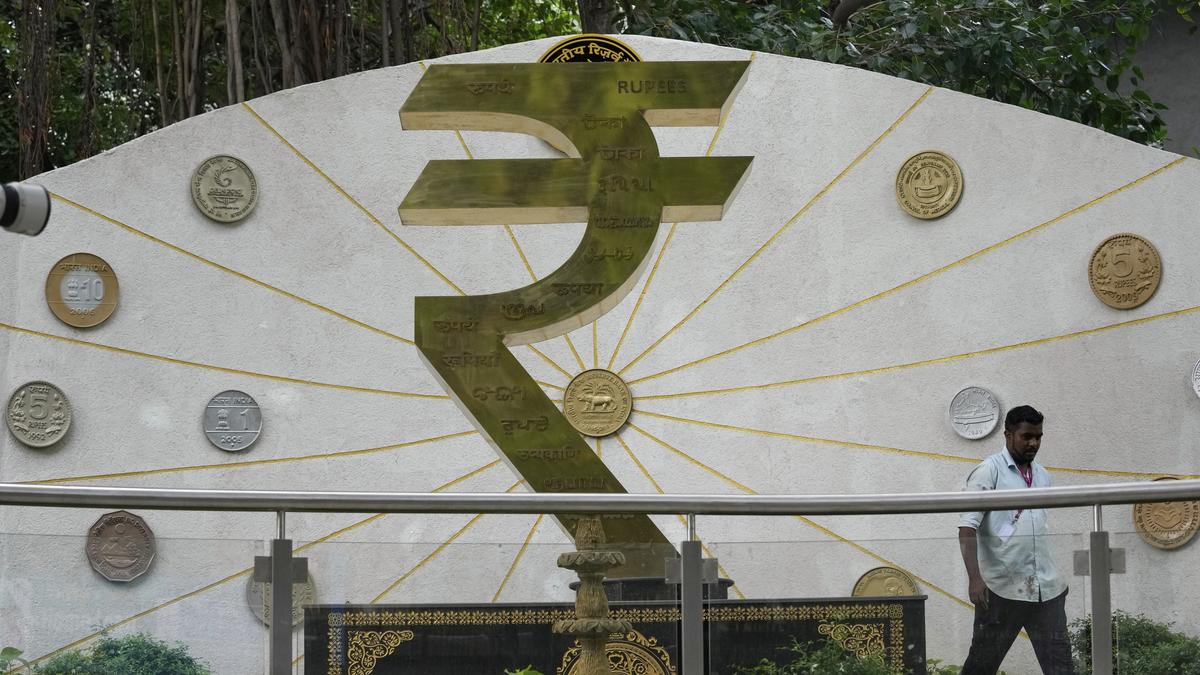Now Reading: Rupee Declines 18 Paise to Close at 87.25 Against Dollar
-
01
Rupee Declines 18 Paise to Close at 87.25 Against Dollar
Rupee Declines 18 Paise to Close at 87.25 Against Dollar

Rapid Summary
- the Indian rupee closed 18 paise lower at ₹87.25 against the U.S. dollar on Thursday, August 21, 2025.
- Despite initially opening stronger at ₹87.04 and touching a high of ₹86.93, rising crude oil prices and a strong U.S. dollar weighed down the currency.
- Brent crude rose by 0.90%, trading at $67.44 per barrel amid focus on Ukraine peace talks and sanctions on Russia.
- The dollar index gained marginally by 0.02%, reaching 98.23.
- Analysts predict the rupee to trade positively due to improved global risk sentiments, optimism over GST reforms, and fading worries over trade tariffs but note ongoing dollar demand could cap sharp gains.
- Domestic equity markets rose for the sixth consecutive day: Sensex gained 142 points (closing at 82,000) while Nifty added 33 points (closing at 25,083).
- foreign Institutional Investors offloaded equities worth ₹1,100 crore as per Wednesday’s exchange data.
Indian Opinion Analysis
India’s currency depreciation reflects external economic dynamics such as strengthening of the U.S. dollar index and higher global crude prices-a consistent challenge given India’s reliance on imported oil-and internal factors like import-driven foreign exchange demand that capped gains despite positive GST sentiment in domestic markets.
The rupee’s movement could signal sensitivity to upcoming geopolitical developments like peace initiatives between Russia and Ukraine or pronouncements from major forums such as Jackson Hole Symposium influencing market expectations for interest rate adjustments worldwide.
Improved risk sentiment globally echoed in India’s buoyant stock market performance; though, equity outflows by Foreign Institutional Investors suggest caution amidst fluctuating macroeconomic indicators.
In sum, while optimism exists regarding domestic economic reform momentum aiding resilience of India’s financial instruments (currency/equities), monitoring key international events is crucial for assessing future trajectory toward stability or volatility within import-export dependencies tied closely with external influences like energy pricing trends linked directly into Ampex pressures longer-term scenarios optimize balancing competitiveness locally.!

























